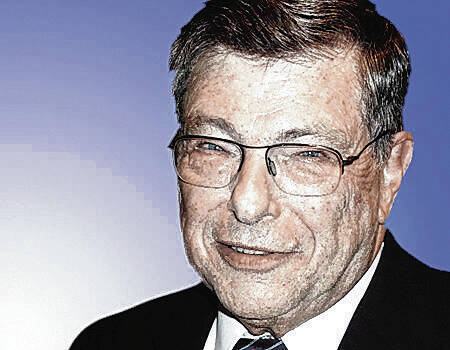I write about economic development in Indiana.
Others write about environmental delights, limitations and desecration by humanity. Both the environment and the economy are too often conceived as big lumps of amorphous matter, too big, too complex, and too mysterious to be understood.
Here’s a more understandable framework.
When a tree falls in the forest it makes a sound, whether or not anyone is there to hear it. There is an unmeasured cost associated with the fall of a tree as well as an unmeasured benefit from a tree rotting in the forest. These benefits and costs may be imagined by some people, but they are real for the plants, animals, and micro-organisms living in that forest.
When a family picnics on a bank of the Eel River, that activity involves consumption of resources (food, drinks, gasoline) which are estimated as part of Gross Domestic Product (GDP). The trash and discharges of that picnic —- scattered in the air, on the land and in the river —- subtract from the welfare of others, with the cleanup, if any, quantified as additions to GDP.
Yet, there is a set of often neglected benefits, we do not measure. These are the benefits of both use and contemplation. The pleasure realized by the picnickers is not —- some would say, cannot be —- quantified. There is also a benefit from knowing such picnic sites are available, from knowing the existence of the river.
My father never visited the Statue of Liberty although he lived and died in New York City. But he knew that grand lady was there, and he derived pleasure (benefit) from that fact. That is a passive benefit, too often not part of the calculus of developers.
Economic developments often erase the pleasure of passive use Case in point: big money is going to be spent on using the White River in Madison, Hamilton and Marion counties as part of a state-supported economic development scheme. Who decides how those funds are spent? Are environmentalist on the committee which will make those decisions?
Economic development might put a casino or an amusement park adjacent to a river. The banks could have a narrow “natural” trail with brooding multi-storied residential and commercial properties towering above.
Such a development is contemplated for the White River near the intersection of 96th St. and Allisonville Rd. where Fishers meets Indianapolis and Carmel. One reason the natural environment needs protection is to avoid the trajectory of Hamilton County where vast acres of undifferentiated apartments, condos, and cookie-cutter commercial areas abound.
Yes, we dare call such housing and business land uses part of our economic development process. Coherent development, however, means improvement in choices, not just more of the same.
Indiana’s typical economic developers, as well as subdivision builders and government agencies, don’t realize the essential truth espoused by ecological economist Herman Daly, “The economy is a wholly owned subsidiary of the environment, not the reverse.”
Send comments to [email protected].





